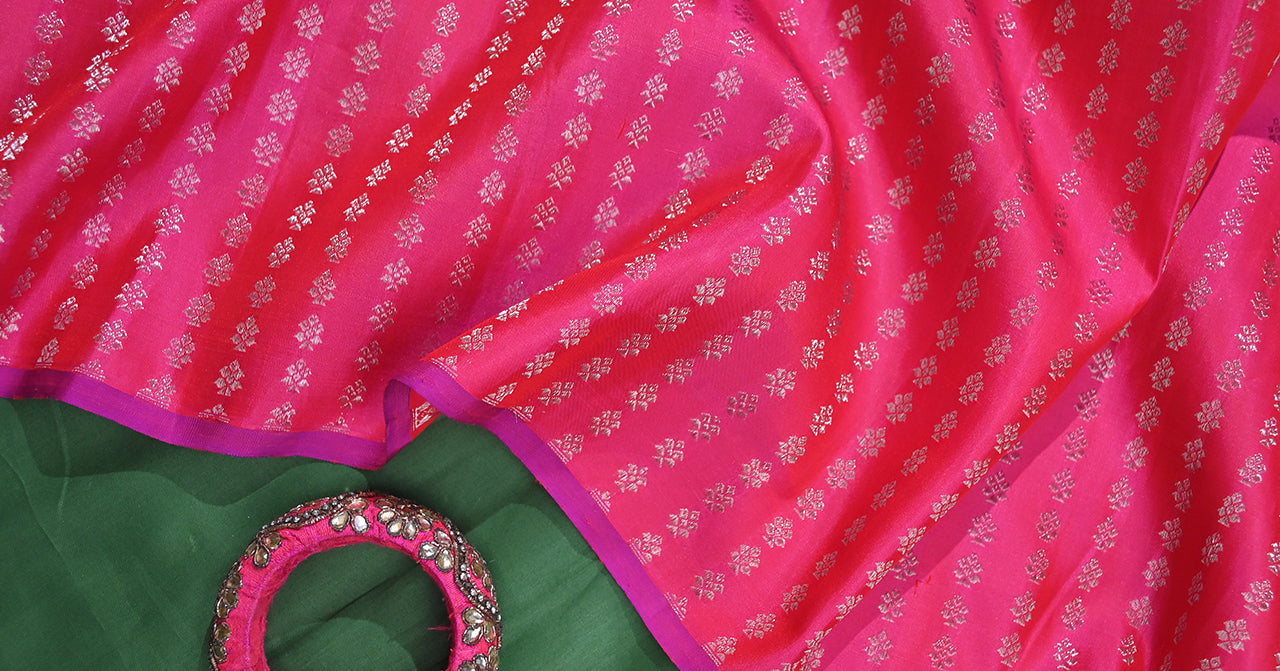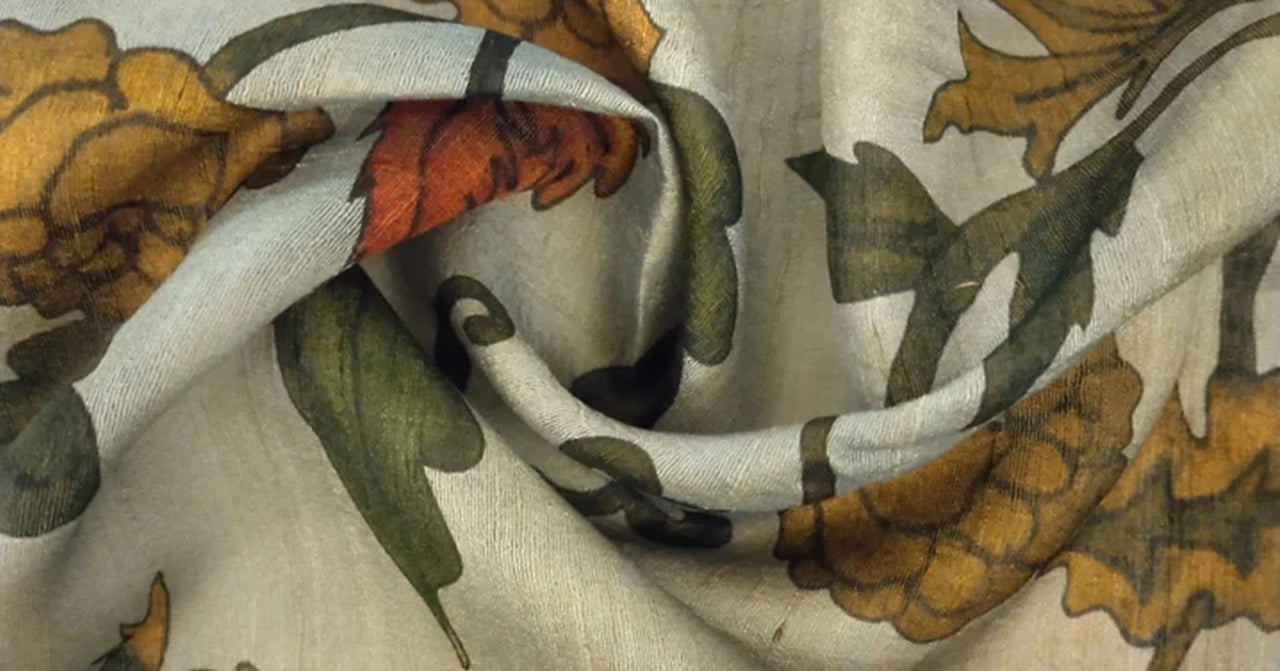What is kalamkari fabric?
Kalamkari, also known as Qalamkari or Kalam Kari , is an ancient Indian form of hand painting on fabric. It is a form of fabric printing techniques in which a special purpose pen called "kalam" is used to print designs on cloth. The fabric art pen used by these artists is usually made of bamboo to create mesmerizing designs on fabric. In fact, the word "Kalamkari" itself means Pen Craft. There are two distinctive styles of Kalamkari art in India—Srikalahasti style and Machilipatnam style. The Srikalahasti style of Kalamkari involves drawing the subject with its own pen, while filling in colors using another pen; However, this technique was uncommon until recently because it requires more time and effort than drawing freehand using only one pen.
When Was Kalamkari Originated?
There are many different versions of the origin and time of this lost art. It is still not certain but it is said that this art was originated around 17th century.
What is the history of Kalamkari?
In ancient India,the art of painting using natural pigments and dyes was popular in ancient India, but it originated at Kalahasti (80 miles north of Chennai) and at Masulipatnam (200 miles east of Hyderabad). Block printing was used in the region where there was a Muslim population; Paintings were produced by artists from Kalahasti who practiced painting scenes from Hindu mythology.
Where Is Kalamkari Fabric Made?
This type of unique, handmade art is practiced mostly in Gujarat, India and southern parts of India like Andhra Pradesh. Natural vegetable dyes and colors such as seeds and crushed flowers are used to make this amazing fabric.
How Is Kalamkari Fabric Made?
Kalamkari is a traditional Indian textile art that uses a variety of colors, designs, and techniques to create richly textured pieces of clothing.
The first step in Kalamkari creation is to steep it in astringents and buffalo milk and then dry it under the sun. Afterwards, the red, black, brown, and violet portions of the designs are outlined with a mordant and cloth are then placed in a bath of alizarin.
The next step is to cover the cloth, except for the parts to be dyed blue, in wax, and immerse the cloth in indigo dye. The wax is then scraped off and the remaining areas are painted by hand, similar to Indonesian Batik.
To create design contours, artists use a bamboo or date palm stick pointed at one end with a bundle of fine hair attached to this pointed end to serve as the brush or pen. This pen is soaked in a mixture of jaggery and water; one by one these are applied, then the vegetable dyes are added.
Why Use Kalamkari Fabric?
The colors imprinted on Kalamkari fabric are permanent and do not fade easily. The material becomes softer and the designs get shiner after each wash. This fabric is organic in nature and beneficial for the skin.
Who Uses Kalamkari?
Kalamkari sarees, a hand-woven fabric from India, are made from organic cotton and come in a wide range of colors. People who love organic fabric and clothing will enjoy wearing this kind of fabric. Handmade products give you a sense of satisfaction and the knowledge that the product was created by human hands rather than machines.
How to check the authenticity of kalamkari fabric?
Screen-printed and digitally printed kalamkari look perfect, while authentic hand-painted kalamkari has irregularities and minor stains as they are being hand-painted by artisans. What makes authentic Kalamkari so beautiful is its irregularity and imperfections.
Kalamkari is made with natural dyes, which do not have as bright of a look as artificial ones and may fade over time without losing their hand-painted elegance.



